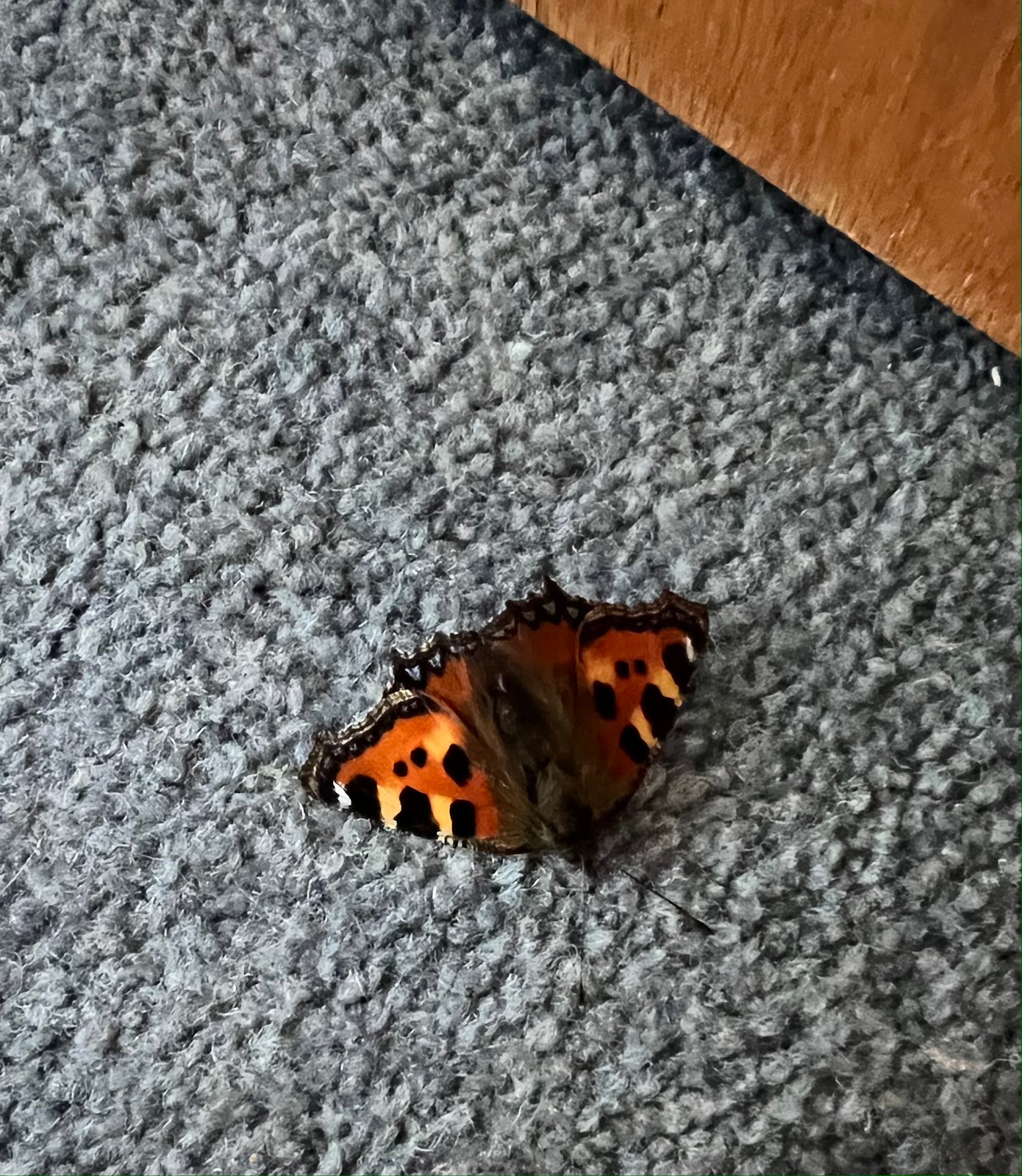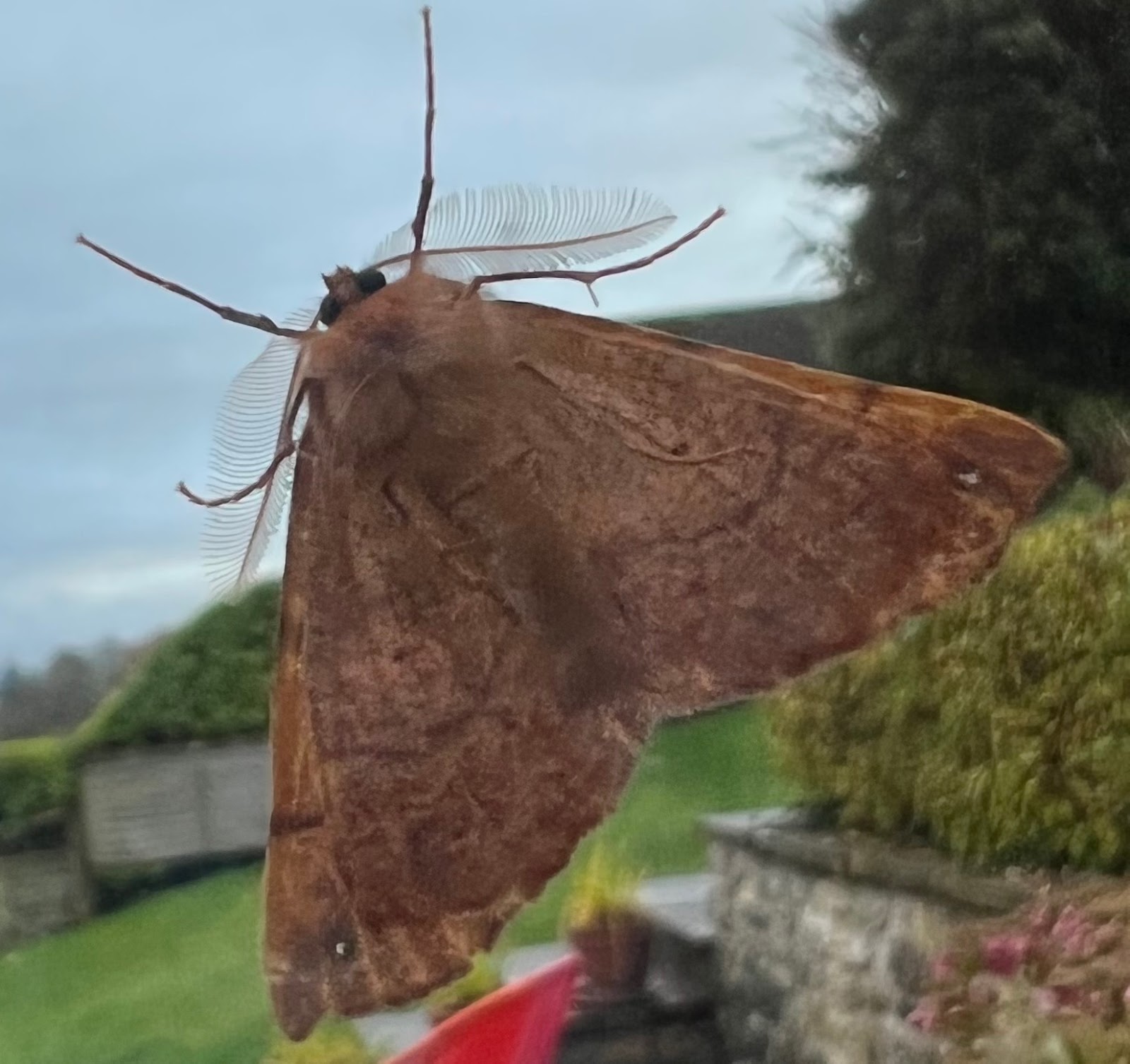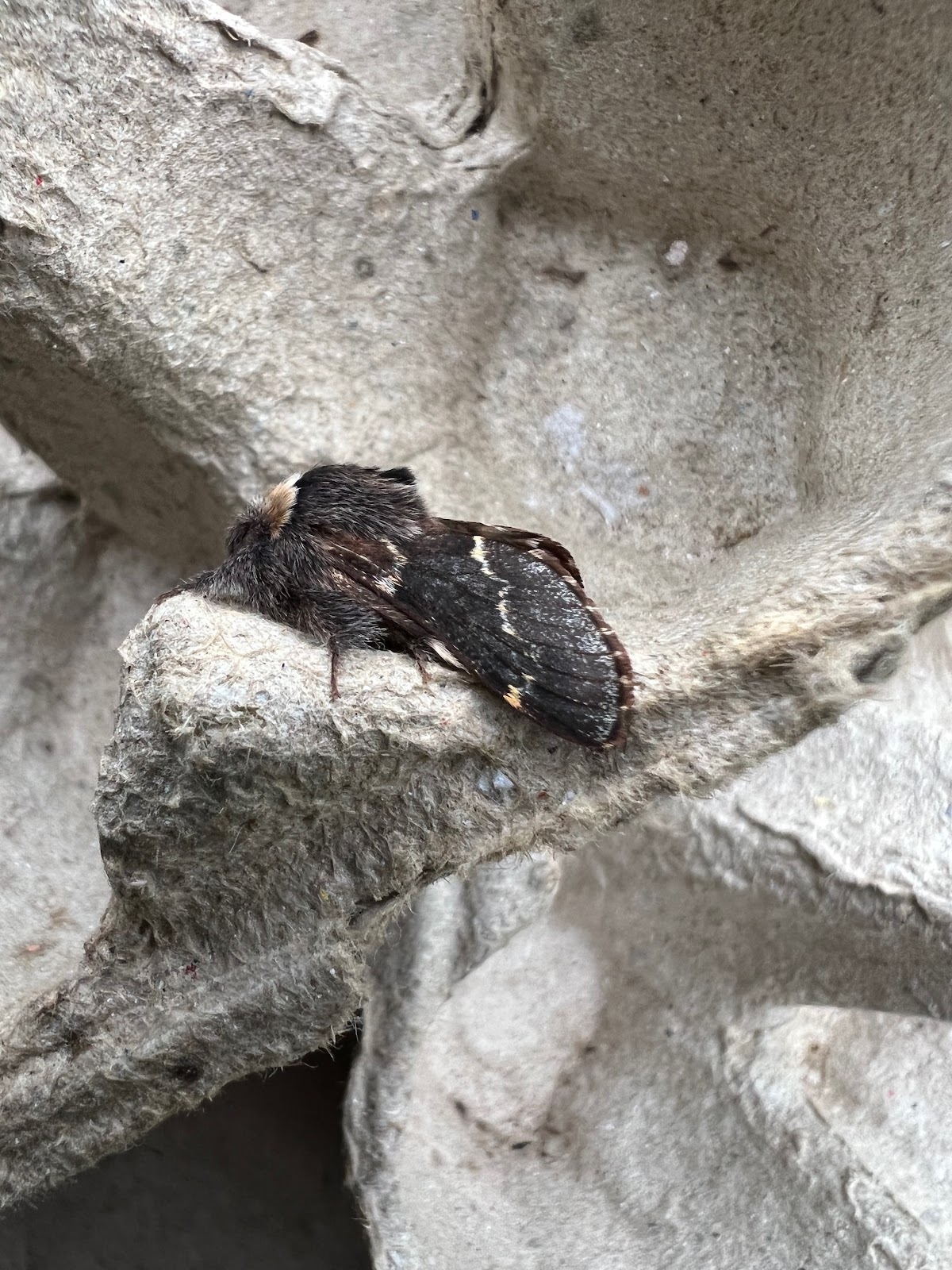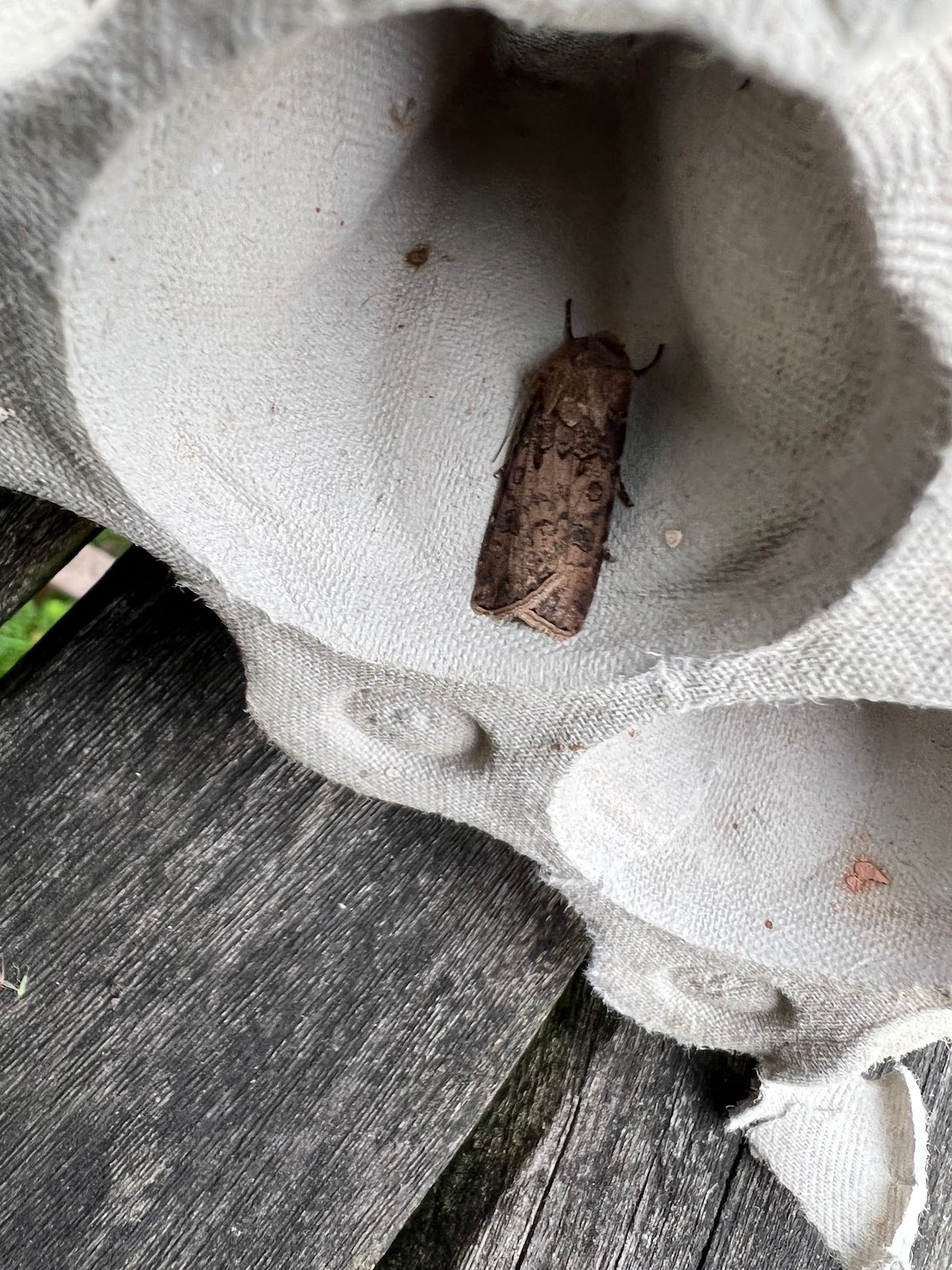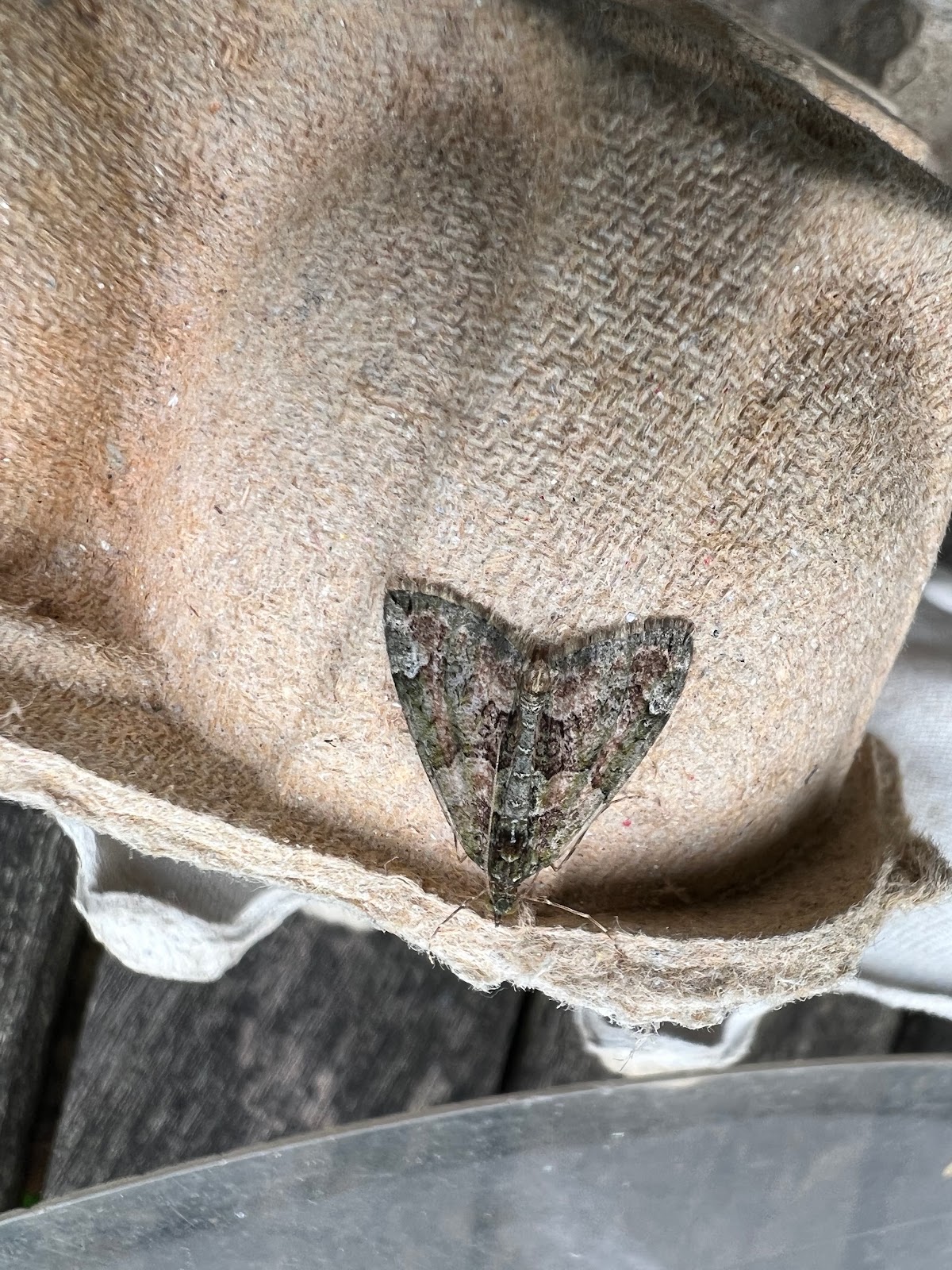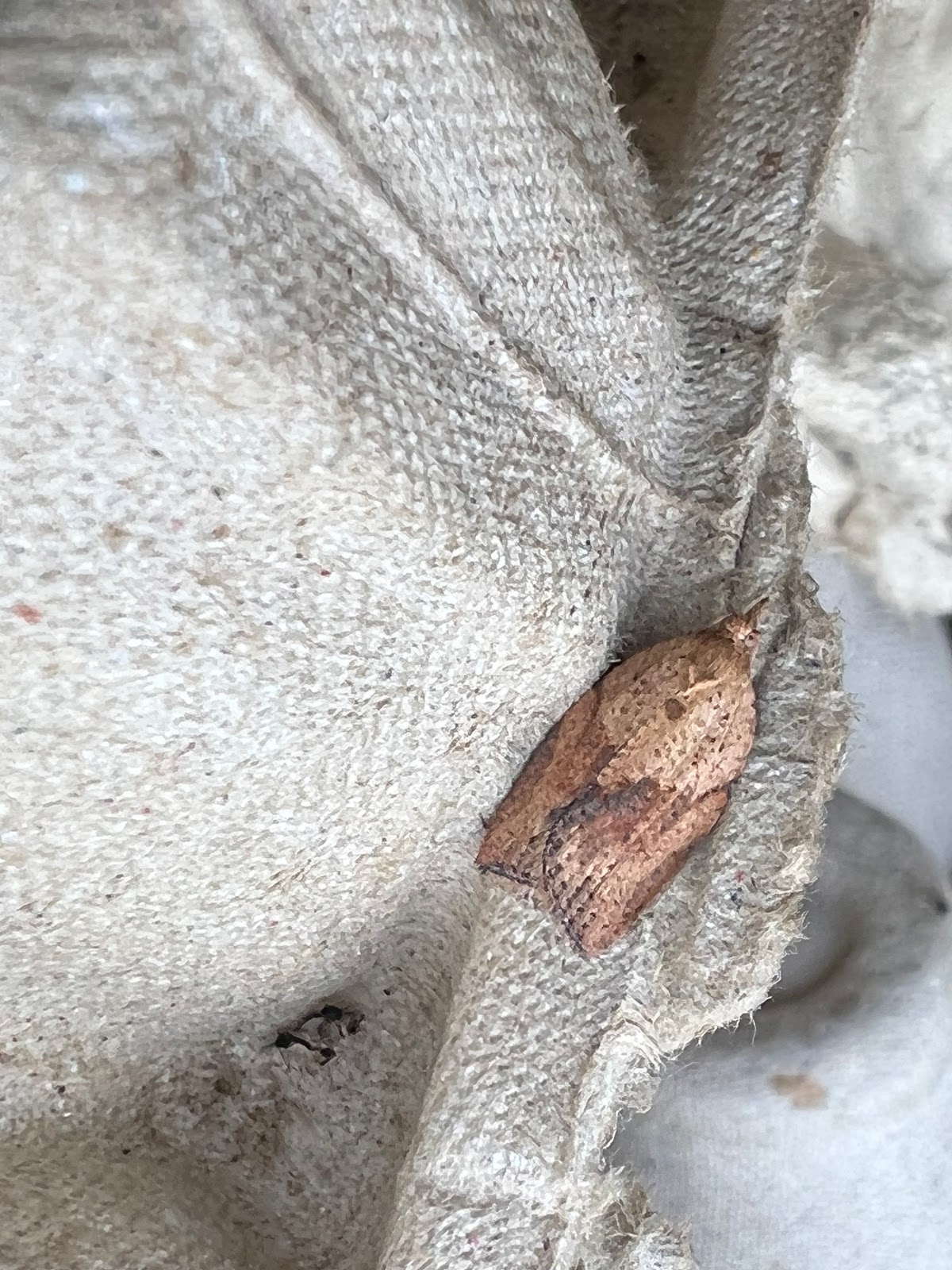Phew! I'm just sneaking this in on the very last afternoon of the very last day of 2022. I've been spurred out of a sluggish, long interval by the exuberant presence of my granddaughter whose irrepressible enthusiasm was rewarded this morning by three moths in the trap - three more than her aged Grandpa was expecting after mizzling drizzle and a spell of harder rain.
Pages
Saturday, 31 December 2022
Just in time
Sunday, 6 November 2022
Throwing them into confusion
I spied the word 'moth' in a letter the other week to the Economist, the means by which Penny and I keep in touch with the world, along with Private Eye and the BBC website. It was in response to an article about bat radar, and described the clever counter-measures taken by a small number of moths.
I've come across this with our common-as-muck yellow underwings which have the remarkable ability to deflect and mislead the signals cleverly pinged out by eternally hungry bats. In 2006 for instance, research at Bristol University suggested that yellow underwings can tune their ears - extremely simple organs in moths - to hear the calls of an approaching bat more precisely. Scales on their wings were also found to absorb echo-location signals from the predators. The Bristolians see all manner of exciting developments potentially coming from this, including ultra lightweight sound-absorbing wallpaper.
I hadn't however heard of Druce's Moth, Melese laodamia, which mimics the bats' pulses and thus confuses the hunter long enough to dodge away. That's maybe because it flies only in Central and South America where it was discovered by one Herbert Druce in 1884. Less excusably, I had no idea until I read the letter in the Economist that the moth was the symbol of the Royal Air Force's electronic counter-measures squadron, No 306. A knowledgable airman must have suggested it along with the excellent Latin motto Confundemus, which translates as 'We will throw them into confusion'. RAF squadron pennants are a rich source of natural history- the RAF regiment 58 squadron, for example, has a spider and the motto 'Come who dares'.
The importance of electronic warfare is sadly obvious in the current tragedy taking place in Ukraine, and it is encouraging to be reminded how much practical and useful knowledge can come from our humble hobby, apart from endless delight in the colour, patterns and behaviour of moths. Undoubtedly fresh discoveries lie in store and scientists like the ones in Bristol are busy looking for them.
Closer to home, my use of the trap is intermittent now because of the weather. Temperatures remain high and we even have a third generation delphinium about to flower, as well as plentiful Morning Glories and nasturtiums, but it is blessedly wet after the dry Summer. We still have a hosepipe ban in force, mind you. It takes an age for the exhausted aquifers to refill.
A steady supply of moths keeps coming when the light is on, including some very fine Winter and November ones - I get hopelessly muddled by their slight differences. Here is a lovely example, followed by some more ordinary brethren.
And finally, a selection of other residents in the eggboxes: Meal moth micro, Pyralis farinalis (keep an eye on your packets of Corn Flakes), Common Plume micro, Emmelina monodactyla, Vestal, Blair's Shoulder-knot, Large Marbled Carpet and Red-green Carpet.
Saturday, 5 November 2022
A long season
The Clifden Nonpareil, whose regular appearance here in the last four years has been the most exciting event of my moth trapping, is enjoying another excellent season. This one was tucked away in the eggboxes on Monday 17 October, much the latest date in my experience. I had a look at my records to compare notes with other enthusiasts on the Upper Thames Moths blog and here they are:
2019 One on 19 September (my first ever)
2020 Three on 3 September followed by seven more, the last on 2 October. Annus mirabilis - the year March Botham entertained six in one evening.
2021 Three on 20 September
2022 One on 5 September and now this one.
My post prompted others to comment with Dave Wilton, the vastly-experienced blogmeister, saying that the whole CN season in Oxfordshire appeared to be later this year. To back him up, another trapper recorded one on October 26.
I took a short film of the marvellous visitor warming up before it took off to the safety of an oak tree. I haven't put the lamp out much since then, but who knows, another may still be around,.
Friday, 14 October 2022
Points and specks
Sunday, 9 October 2022
Indian Summer





